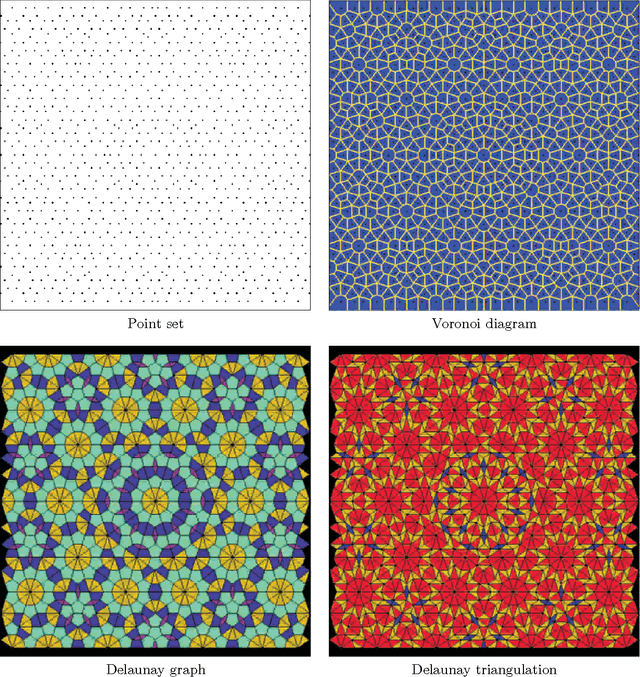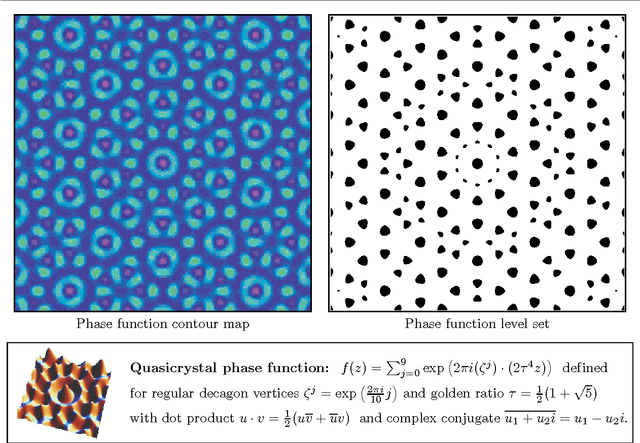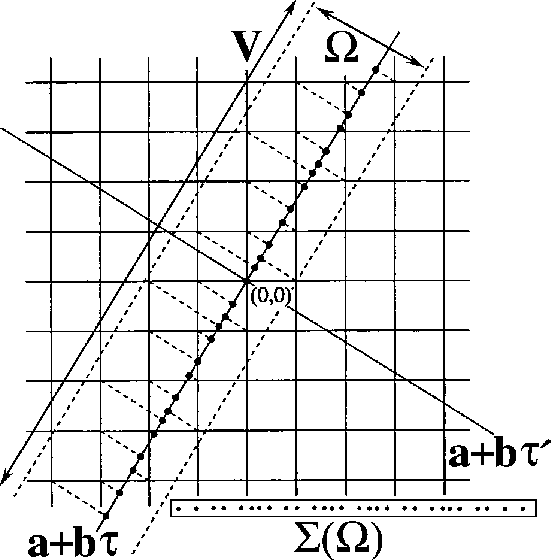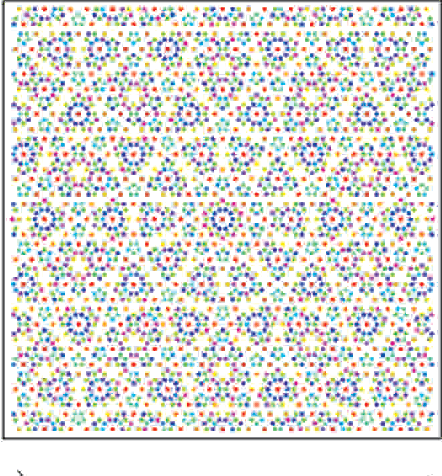Neil A. Dodgson
Multi-task Geometric Estimation of Depth and Surface Normal from Monocular 360° Images
Nov 04, 2024



Abstract:Geometric estimation is required for scene understanding and analysis in panoramic 360{\deg} images. Current methods usually predict a single feature, such as depth or surface normal. These methods can lack robustness, especially when dealing with intricate textures or complex object surfaces. We introduce a novel multi-task learning (MTL) network that simultaneously estimates depth and surface normals from 360{\deg} images. Our first innovation is our MTL architecture, which enhances predictions for both tasks by integrating geometric information from depth and surface normal estimation, enabling a deeper understanding of 3D scene structure. Another innovation is our fusion module, which bridges the two tasks, allowing the network to learn shared representations that improve accuracy and robustness. Experimental results demonstrate that our MTL architecture significantly outperforms state-of-the-art methods in both depth and surface normal estimation, showing superior performance in complex and diverse scenes. Our model's effectiveness and generalizability, particularly in handling intricate surface textures, establish it as a new benchmark in 360{\deg} image geometric estimation. The code and model are available at \url{https://github.com/huangkun101230/360MTLGeometricEstimation}.
Image Sampling with Quasicrystals
Jul 21, 2009



Abstract:We investigate the use of quasicrystals in image sampling. Quasicrystals produce space-filling, non-periodic point sets that are uniformly discrete and relatively dense, thereby ensuring the sample sites are evenly spread out throughout the sampled image. Their self-similar structure can be attractive for creating sampling patterns endowed with a decorative symmetry. We present a brief general overview of the algebraic theory of cut-and-project quasicrystals based on the geometry of the golden ratio. To assess the practical utility of quasicrystal sampling, we evaluate the visual effects of a variety of non-adaptive image sampling strategies on photorealistic image reconstruction and non-photorealistic image rendering used in multiresolution image representations. For computer visualization of point sets used in image sampling, we introduce a mosaic rendering technique.
* For a full resolution version of this paper, along with supplementary materials, please visit at http://www.Eyemaginary.com/Portfolio/Publications.html
 Add to Chrome
Add to Chrome Add to Firefox
Add to Firefox Add to Edge
Add to Edge